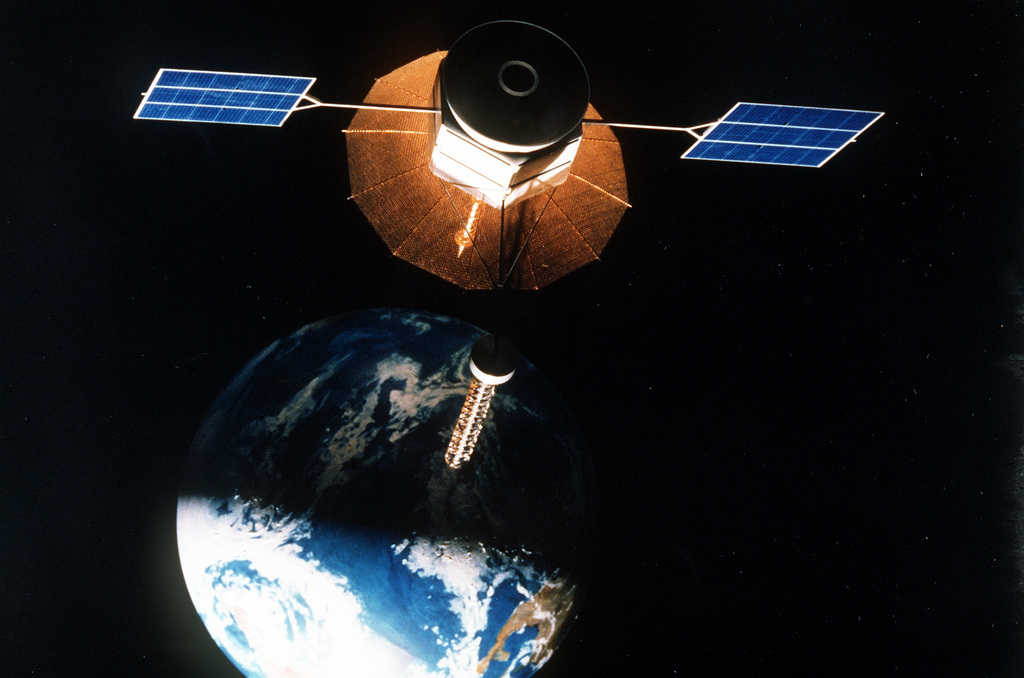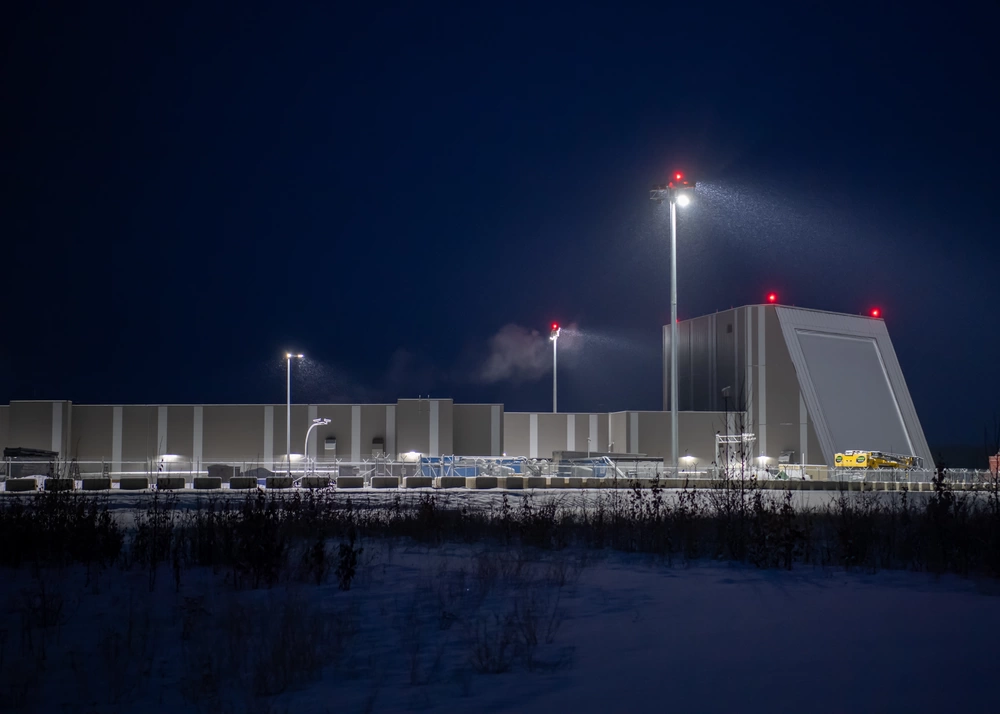
An international team led by Chinese astronomers has discovered a new type of fast radio burst, brief but bright flashes in the expanding universe that mysteriously keep exploding about once every 10 to 15 minutes. Persistent fast radio burst named FRB 20190520B was discovered on May 20, 2019 by Niu Chenhui, a post-doctoral fellow at the National Astronomical Observatories of the Chinese Academy of Sciences. The extraordinary discovery was first made with the Five-hundred-meter Aperture Spherical Radio Telescope, the largest single-dish telescope, located in southwestern China’s historical province.

With the direct aid of extremely sensitive telescopes, scientists have now discovered around 500 FRBs. Fast radio burst (FRB) 20190520B was detected with the Five-hundred-meter Aperture Spherical radio Telescope (FAST) 7. It operated in drift-scan mode as part of the Commensal Radio Astronomy FAST Survey (CRAFTS)8. This occurred at 1.05–1.45 GHz in 2019. Four fierce bursts were instantly detected during the initial 24-s scan. Monthly follow-up tracking observations between April 2020 and September 2020 detected 75 bursts in 18.5 h

The source of FRB 20190520B was located within a dwarf galaxy about 3.3 billion light years from Earth. Scientists found that the dwarf galaxy fosters the most complex electromagnetic environment of all known FRB host galaxies to date.



